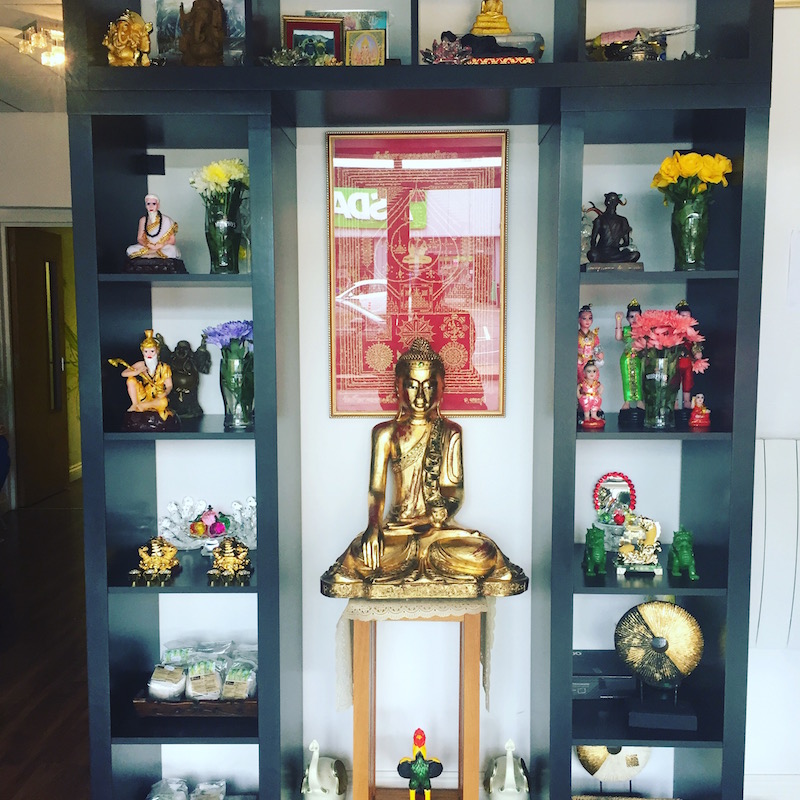Our breath is a fundamental part of who we are. It affects our daily emotional state and concentration, amongst many other things. It is intrinsic to our minds and bodies and yet we regularly get out of sync with the natural rhythm of our breath.
Why does this happen? I know that when I am not breathing fully or my breath is too short it can make me feel stressed, anxious, depressed, drained and my sleep pattern can get affected. However, we can train ourselves to get to our optimum breathing pace. Breathing correctly will help us to be healthier, calmer and give us the ability to handle stressful modern day life situations that may arise. Mastering the art of breathing will ultimately make us feel better!
Let’s begin with 5 steps to check if you are breathing correctly:
1. Breathe through your nose
2. Breathe with your diaphragm
The air you breathe through your nose should go all the way down to your belly. As much as 70-80% of the inhaling should be nice and deep.
3. Breathe relaxed
4. Breathe rhythmically
5. Breathe silently

There are different breathing techniques and exercises being taught all over the world, with the objective to improve mental and physical health. Here are a few I would recommend that I personally have found beneficial:
The Mindfulness of Breathing
At the Buddhist centre, “mindfulness of breathing” uses the breath as an object of concentration. This simple discipline brings us back to the present moment. This is great for restlessness and anxiety and as a way to relax.
1. Use counting to stay focused on your breath
2. After the out-breath you count one, then you breathe in and out and count two, and so on up to ten, then you start again at one.
Alternate Nostril Breathing (Pranayama) and The Skull Shining Breath (Kapalabhati)
These methods are usually part of the Yoga teaching and some classes will include them.
Alternate Nostril breathing can calm an overactive mind and nervous system. It can also improve your brain function, cleanses the lungs and improves sleep.
1. Sit tall with a straight spine
2. Use your right thumb to close your right nostril
3. Inhale through your left nostril slowly and as deeply as is comfortable for you
4. Exhale through your left nostril in equal rhythm
5. Repeat for a few minutes
6. Slowly build up the length of time
7. Now repeat the same with the right nostril
Skull Shining Breath
A yoga breathing technique that purifies the body and it is said to make the skull shine and remove any blockages. It’s best to do this in the morning as it will warm up your body and wake up your brain.
1. Begin with a long slow inhale
2. Follow with a quick powerful exhale generated from the lower belly
3. Begin to feel comfortable with this contraction level
4. Once comfortable level up the pace to one inhale – exhale (through the nose) every 1-2 seconds, for a total of 10 breaths
4-7-8
The simplest relaxation method to use just before you go to bed.
1. Exhale through the mouth
2. Inhale through the nose for 4 counts
3. Hold your breath for 7 counts
4. Exhale through the mouth for 8 counts
5. Repeat until you want to sleep
This technique works wonders and calms your entire nervous system down. Regular poor sleep can put your health at risk, including increased chances of obesity, heart disease and diabetes. Just remember to keep the tip of your tongue behind the upper front teeth, give it a go and see how you feel.

If you’d like to find out more about mental and physical wellbeing, I’d love to connect with you and hope to hear from you soon.
Written by Rupal Sheth
Instagram: @greatmindssw19
Twitter: @greatminds_sw19
Facebook: @greatmindsSW19






